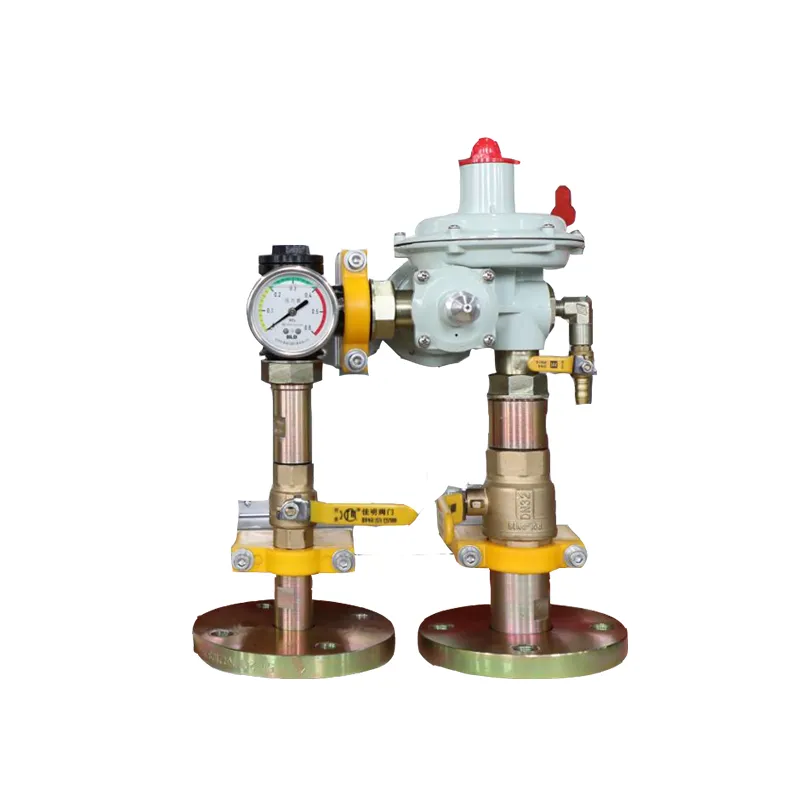
Dec . 15, 2024 02:37
Back to list
Measurement of Gas Concentrations for Environmental Analysis
Understanding Gas Measurement An Insight into Measurement Techniques and Importance
Gas measurement is a critical aspect of various industries, including energy production, environmental monitoring, and health safety. The accurate assessment of gas properties, concentrations, and emissions is vital for compliance with regulations, ensuring safety, and optimizing processes. This article explores the importance of gas measurement, the methods employed, and the future of gas analysis technology.
Importance of Gas Measurement
Gas measurement plays a significant role in numerous fields. In the energy sector, for example, natural gas is a primary fuel source, and accurate measurement is essential for billing and inventory management. Utilities use gas measurement to ensure that they are delivering the correct quantity of gas to consumers, thus maintaining service reliability and customer trust.
In terms of environmental monitoring, measuring greenhouse gases such as carbon dioxide (CO2) and methane (CH4) has grown increasingly important due to climate change. Government agencies and organizations use these measurements to assess emissions levels, develop policies, and implement strategies to mitigate environmental impact.
Health and safety is another critical area where gas measurement is crucial. Many industries handle harmful gases—such as carbon monoxide (CO), chlorine (Cl2), and ammonia (NH3)—which pose significant health risks. Continuous monitoring ensures that gas concentrations remain within safe limits, thereby protecting workers and the public.
Measurement Techniques
Several methodologies are employed to measure gas properties, each with its advantages and drawbacks. Here are some of the most common techniques
.
2. Infrared Spectroscopy This technique detects specific gases by measuring their absorption of infrared light. It is widely used for monitoring emissions in industrial settings and offers the advantage of real-time data collection.
قياس الغاز

3. Electrochemical Sensors These are portable devices that detect the presence of specific gases, making them ideal for safety monitoring in confined spaces. They provide quick responses to hazardous changes in gas concentrations.
4. Mass Spectrometry This advanced technique measures the mass-to-charge ratio of ions, enabling detailed analysis of complex gas mixtures. While it offers high sensitivity and specificity, it is expensive and often requires complex sample preparation.
5. Ultrasonic Gas Flow Measurement This method uses sound waves to measure the velocity of gas and calculate its flow rate. It is non-invasive and suitable for continuous monitoring of gas flow in pipelines.
The Future of Gas Measurement
The future of gas measurement technology appears promising, with advancements aimed at improving accuracy, portability, and real-time monitoring capabilities. Innovations such as miniaturized sensors and smart gas measurement devices integrated with IoT (Internet of Things) capabilities enable more efficient data collection and analysis.
Emerging technologies, including artificial intelligence and machine learning, are also poised to revolutionize gas measurement by enhancing data interpretation and predictive analytics. These technologies can aid in identifying trends, predicting equipment failures, and optimizing energy use, thus fostering sustainability.
Moreover, as regulations surrounding gas emissions become stricter worldwide, the demand for reliable and accurate gas measurement technologies will continue to grow. Companies are investing in better measurement solutions to comply with environmental standards and respond proactively to potential hazards.
Conclusion
In conclusion, gas measurement is a vital discipline that underpins safety, environmental stewardship, and operational efficiency across various industries. The methods employed for gas measurement continually evolve, driven by technological advancements and the increasing emphasis on regulatory compliance and safety standards. As innovation continues to shape the future of gas analysis, we can anticipate improved accuracy, efficiency, and capabilities in monitoring the vital gases that impact our world. The commitment to enhancing gas measurement technologies is essential for a sustainable future where both human safety and environmental health are prioritized.
Next:
Latest news
-
Safety Valve Spring-Loaded Design Overpressure ProtectionNewsJul.25,2025
-
Precision Voltage Regulator AC5 Accuracy Grade PerformanceNewsJul.25,2025
-
Natural Gas Pressure Regulating Skid Industrial Pipeline ApplicationsNewsJul.25,2025
-
Natural Gas Filter Stainless Steel Mesh Element DesignNewsJul.25,2025
-
Gas Pressure Regulator Valve Direct-Acting Spring-Loaded DesignNewsJul.25,2025
-
Decompression Equipment Multi-Stage Heat Exchange System DesignNewsJul.25,2025

